At the heart of sport success is having clear and simple principles. Foundational to athletes becoming the best they can be is a focus on repetition.
When we look at the most successful U.S. athletes in skiing, one consistent attribute is they were able to accumulate more quality time on-snow. The quality of training is equally important as volume because skiing is a highly technical skill sport where the efficiency gained from enhanced technique supports being able to train more runs with less fatigue and risk of injury.
While many focus on the number of competitions, what is most important is the ratio of training to competition. For younger athletes in the developmental phase, training is more important than competition. Racing less allows for more days of training during the winter. Many mainstream sports are attempting to counteract the trend toward too many competitions and loss of practice time. What is most important are the “touches” and time spent in practice. This provides an even greater advantage over the long term.
I have included an excerpt from Mikaela Shiffrin’s letter of support for the Golden Peak expansion and the surface lift to elaborate on this point:
“The dedicated training hill and surface lift that serviced exactly the length of that trail allowed us to get the maximal amount of training we possibly could out of a two hour session. It was so incredibly efficient that we could attend school, and still get immeasurably more training in than probably anywhere else in the country. At most ski areas, I figure in a two-and-a-half hour training session, I spend about seven minutes actually training. Some ski areas it’s more like three to four minutes training in a two-and-a-half hour session. We got off the lift, skied a few feet and started running the course. I could fit 12-16 runs in one training session and since performance is directly related to time on snow and time in gates, it was a huge advantage to me during key developmental years. People wonder how I started my first World Cup race at only 15 years old, and was able to win the overall WC title at 22, this is a key part of the answer. The quality of the training (and the coaching I received growing up) I received, with the perfect length trail, surface lift to accommodate it and focused environment was essential to my development and success. It’s no secret and it’s not rocket science. That little training arena was far superior in efficiency to what I have experienced anywhere else in this country or internationally for tech training. I had the most productive experience per hour possible and was able to progress to the World Cup at a young age. That trail was our gym and we made the best use of it that we possibly could.”
It is now widely recognized that an emphasis in youth sport which is primarily competition based is deleterious to long-term athletic development. One year Shiffrin only competed in 11 races — what was she doing instead of racing? Leveraging the time on-snow practicing.
Many sports now have an emphasis on fewer competitions and practices featuring more touches and higher speed execution than the norm for games. With soccer there is futsal played with a smaller, harder ball indoors or on firm surfaces, in a smaller space with fewer players. In both hockey and soccer there has been a trend to practice within a more confined space with fewer players which allows more touches and higher pace. In skiing we can train shorter courses allowing for higher volume by reducing the fatigue of full length courses and setting training courses with quicker tempo and tighter distances between gates. Kids want to compete, it’s a big part of what attracts them to sports; they also are motivated by improvement and becoming better at their chosen sport. The point is to reduce the amount of practice emulating games to what is necessary and better leverage practice for more repetition and quality.
Several final points are that there is a diminishing return to practice once there is fatigue; the gains from work come during the rest/recuperation following, and that we now understand there are opportunities for gains outside of the physical practice through visualization and feel imagery. Once there is physical or mental fatigue to the degree execution falls off, practice becomes counterproductive. Repetition is desired but only to the point where the execution is of high quality. In Colorado, our elevation is a factor as there is greater fatigue. The gains from the work are realized during the rest and recovery.

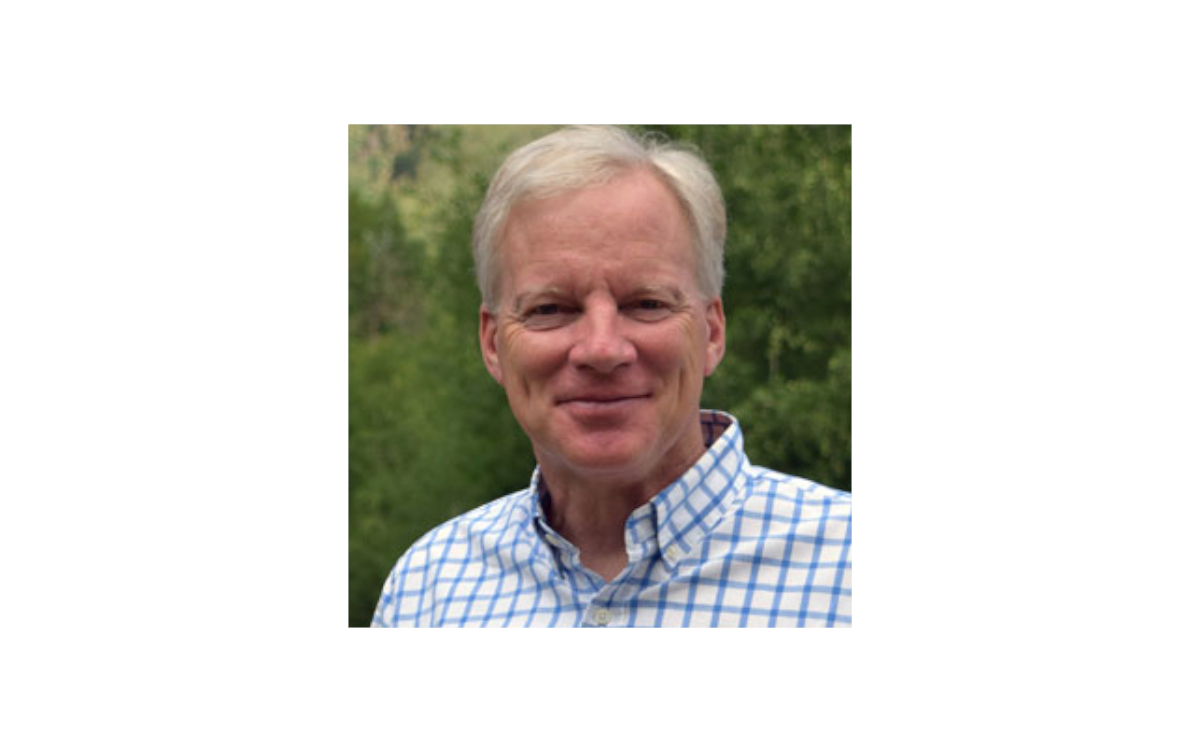
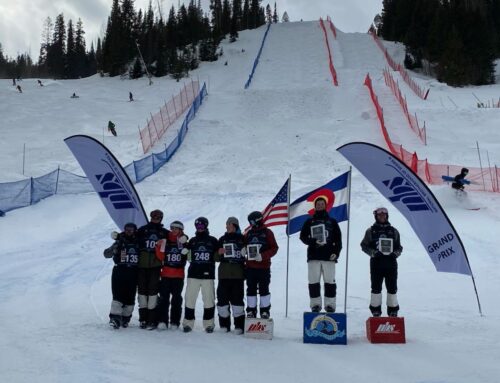

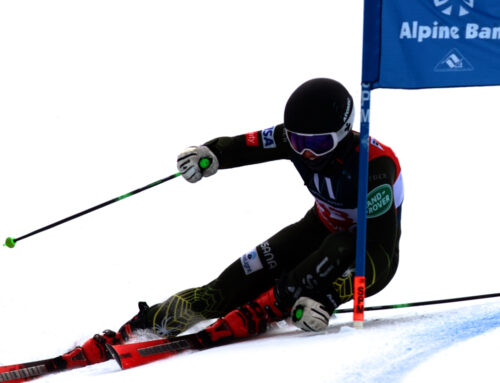
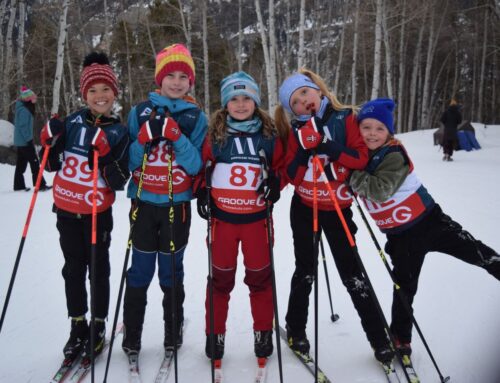
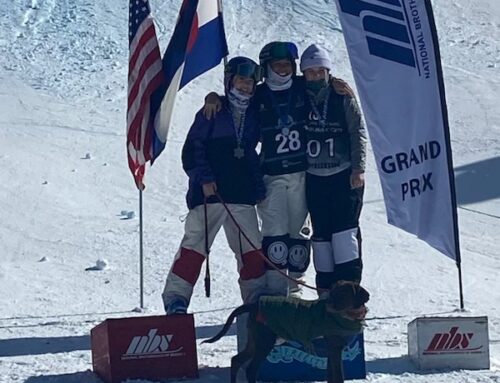
Follow SSCV